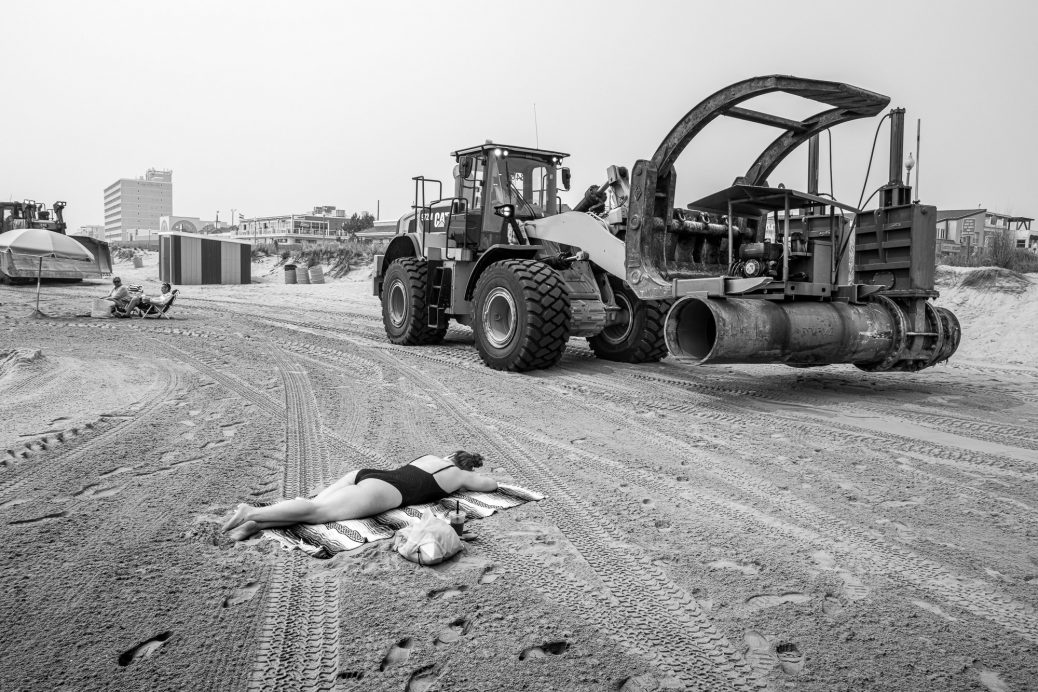Fourth Exibart Street Contest, Discover the Finalists: Prescott Moore Lassman
Dear Prescott,
first of all, congratulations! You are one of the ten finalists in our fourth Street Photography Competition in the Best Single Photo category, and we are very happy to have this interview with you. Can you tell us something about yourself and about the finalist photo? What was the main source of inspiration for this photo? What did you hope to communicate through this image?
I am a lens-based artist living in Washington, D.C., whose work spans the genres of documentary, portrait, travel, and street photography. I am a four-time recipient of an Individual Artist Fellowship awarded by the D.C. Commission on the Arts and Humanities, and my work is included in the permanent collections of both D.C.’s Art Bank and the City Hall Art Collection. I have exhibited my photography widely in national and international art and photography exhibitions and have also been published in Black & White Magazine, Shots Magazine, The Sun Magazine, AAP Magazine, the Antietam Review, and the Washington Post.
The finalist photograph, “Sunbathing Amongst the Heavy Machinery,” was taken during a trip to Rehoboth Beach, Delaware. Even though I was limping badly from an injured knee (I’ve since gotten two knee replacements!), I was determined to walk the beach and take photographs. When I got there, I was surprised to see a construction project underway with large equipment rumbling over the sand every few minutes. As I walked further, I was even more surprised to see a woman sunbathing in the middle of the tracks of these giant earth-moving machines, seemingly oblivious to the chaos and noise around her. The scene was so absurd and, frankly, unbelievable, I had to capture it in a photograph. I’m thrilled to be able to share it with Exibart Street!
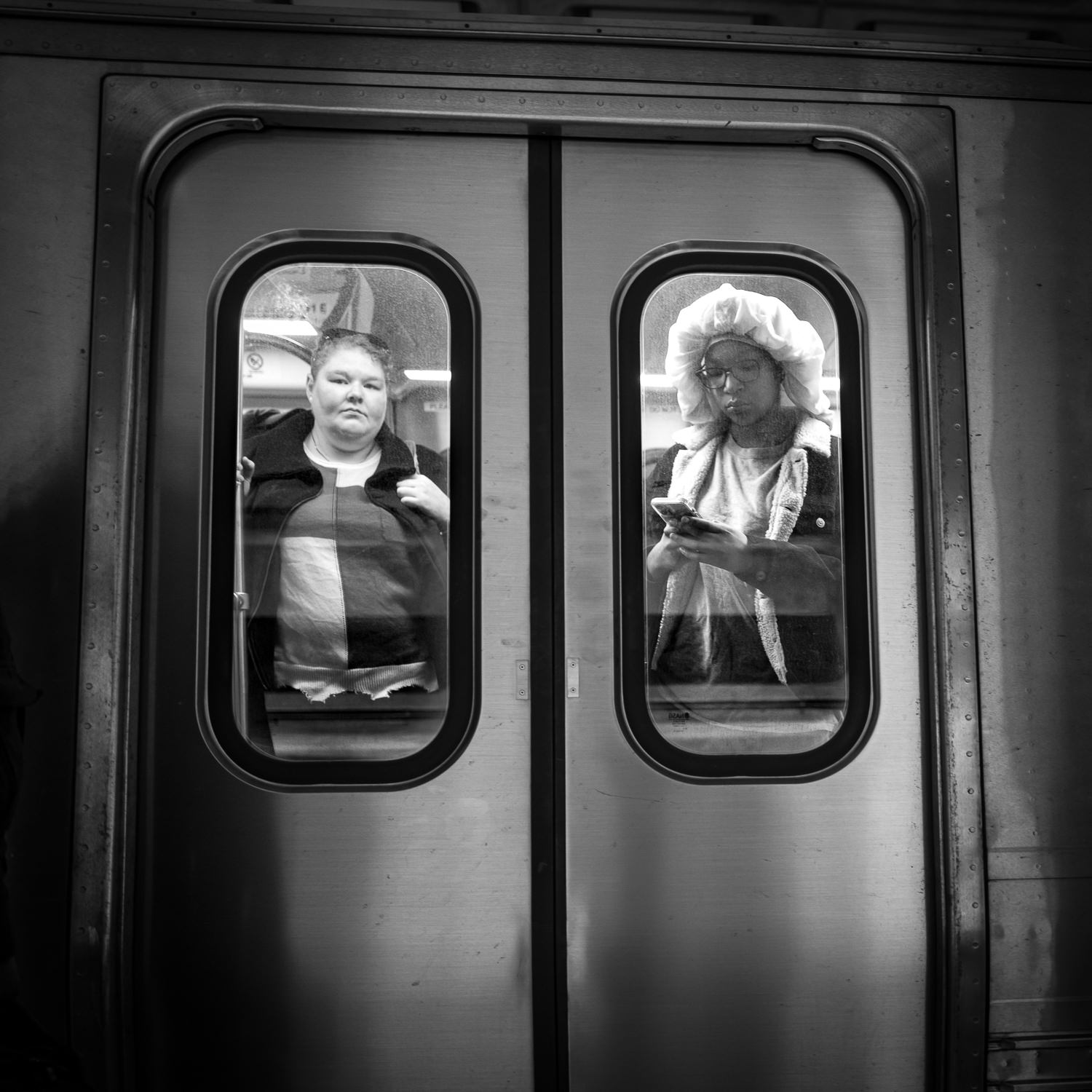
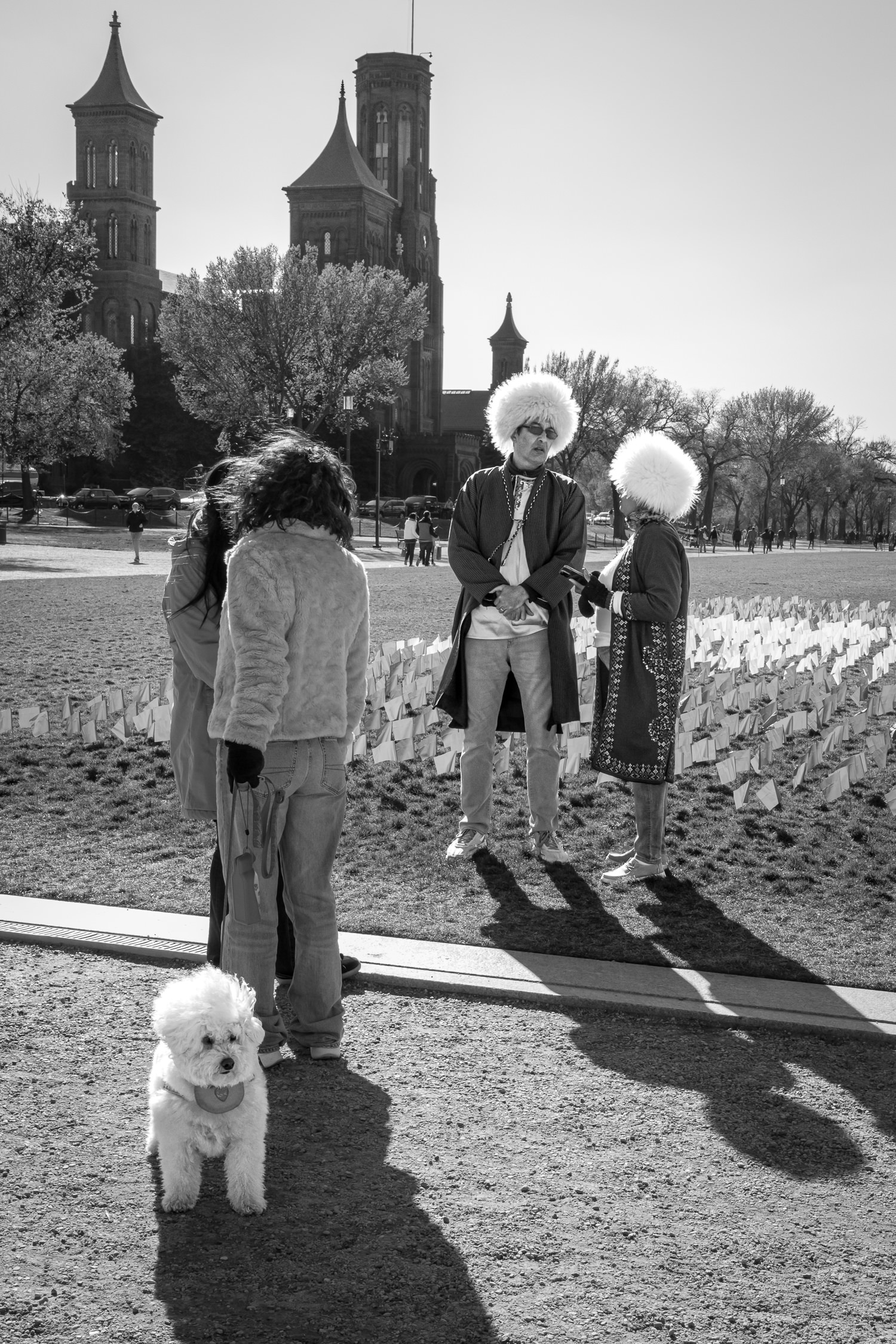
How do you choose the subjects or scenes to photograph?
I view my street work as a cross between a sporting event and a psychological expedition. Using an intuitive approach, I search for images that resonate, for moments of synchronicity in everyday life. Because this approach relies on unconscious triggers, my photographs are often richly symbolic, though their meaning is not immediately clear (at least not to me). For me, this is the essence of photography: capturing an image that resonates and then, over the course of months or years, figuring out why.
Another way to put it is that I am looking for those odd juxtapositions of elements that are connected not so much by logic or reason but rather by some intrinsic meaning. The elements are random but together reveal a deeper meaning. I am thus seeking to capture those humorous or absurd moments that not only make one pause but also shed a little light on the human condition.
Is there a theme or thread you follow when creating a new project?
I typically do not go into a new project with a particular theme or intention in mind. Instead, I try to keep an open mind and take photographs that spark some internal trigger. It is only after I’ve taken many photographs in this way that I can begin to discern the theme or thread that I’ve been working on, largely unconsciously, over many weeks or months. In other words, I try to let my unconscious take the lead and unpack the meaning or thread later.
Black and white and color. Two different worlds. You decided to go black & white. Why? Do you ever shoot in color?
I focus on black and white photography because it plays to my strengths. I am somewhat OCD, so I have a natural tendency to focus on lines, shapes, and patterns. I find that black and white photography allows me to play more freely in this world without the distraction of color. I also love the sense of timelessness and inherent drama you get with black and white photography. That being said, I also love color photography and am in awe of photographers that know how to use color as a critical element in their work. I sometimes shoot in color, particularly with my iPhone, but find that the photographs usually do not rely upon or use the color in any meaningful way. If I get a good color photograph, it’s usually in spite of, not because of, the color elements in the frame.
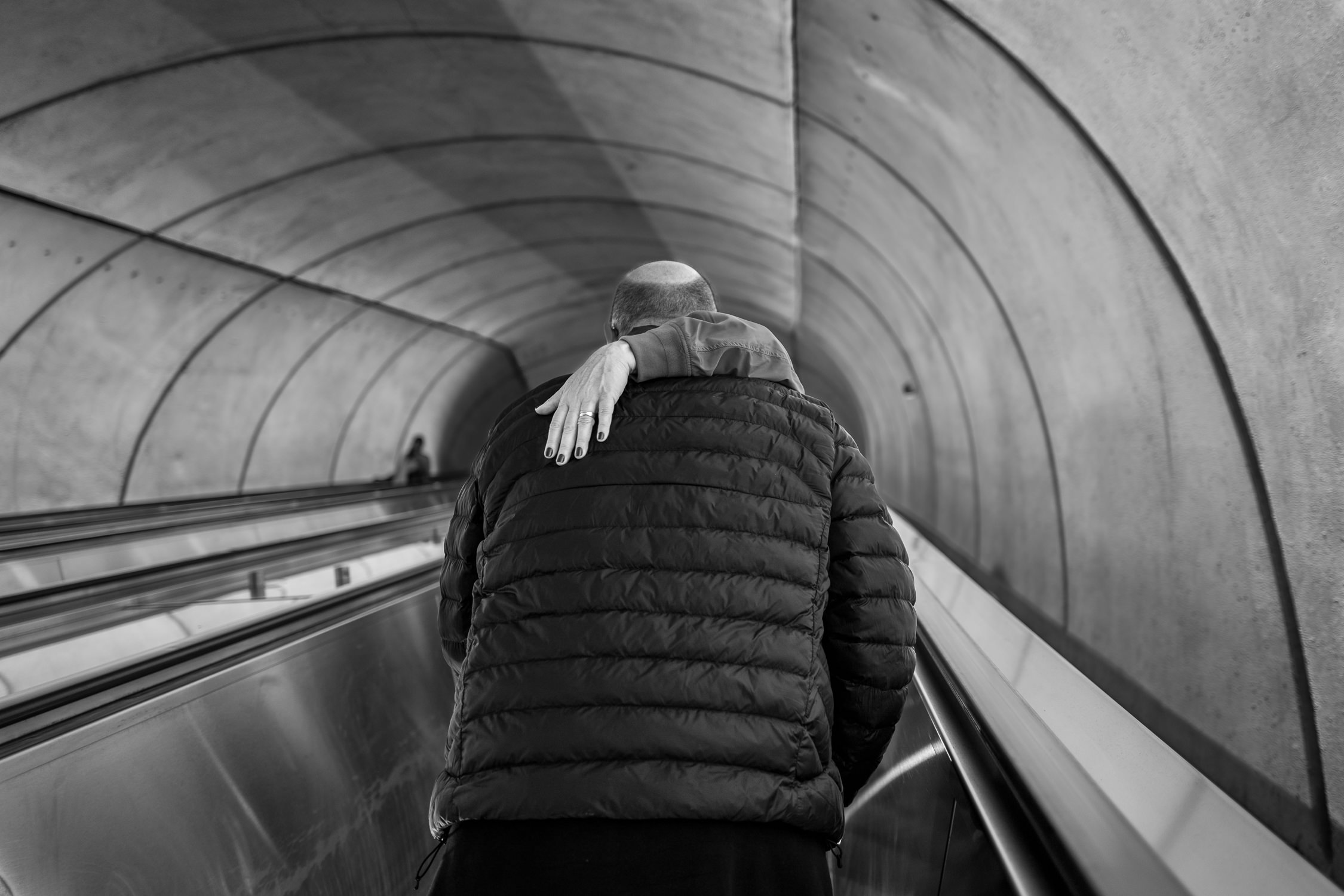
Many of your images capture everyday details that often go unnoticed. How do you decide which details to include and which to leave out?
As noted above, I do not usually decide to include or not include what goes into my photographs on a conscious level. Instead, I try to use instinct and intuition to respond to situations, somewhat like an athlete responding to a play. Thus, if some everyday detail triggers an internal response, I will try to take a picture of the scene and then sort the details out later. I may not even be consciously aware of an important detail in a photograph until I see the image later.
Can you describe some of the photographic techniques you use to capture the atmosphere and moment in your photographs?
I am sadly deficient in photographic techniques. I try to make the operation of the camera as simple as possible so that I am primarily reacting to my surroundings. I thus try to get the aperture and shutter speed set to get an acceptable exposure, use the widest possible zone of focus to ensure a clear image, and then get ready to react. I make small adjustments during the day to account for changing light conditions, and if I’m in an extremely low-light area, such as a subway station, I will sometimes use the auto-focus function to help avoid a blurry image. But apart from these typical, basic photographic techniques, I do not do anything special with my equipment.
“I focus on black and white photography because it plays to my strengths. I am somewhat OCD, so I have a natural tendency to focus on lines, shapes, and patterns. I find that black and white photography allows me to play more freely in this world without the distraction of color. I also love the sense of timelessness and inherent drama you get with black and white photography.”
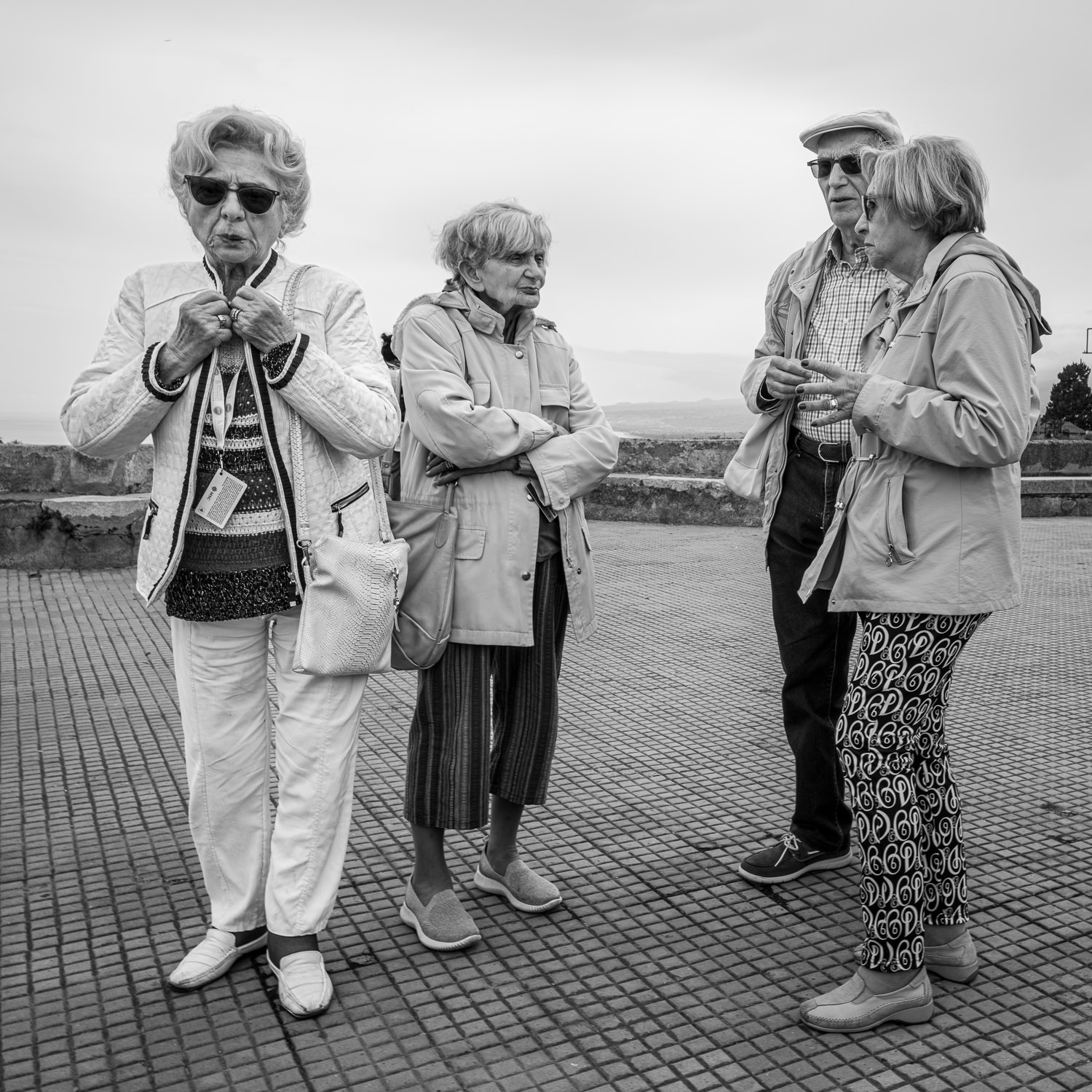
How would you define your photographic style?
It is very hard for me to describe my own photographic style. I know what I am trying to achieve, but I do not always feel like I have achieved it. I guess if I were forced to define my photographic style, I would say that it is straightforward and blunt but at the same time lyrical and elegant. Most of my photographs are rather straightforward and matter-of-fact — almost documentary — but the best also have elements that are symbolic and impart a meaning that goes beyond the surface image. Maybe the best way to describe my style is “documentary synchronicity.”
Have you ever studied at a photography school or are you a self-taught artist?
When I was in college, I took a photography class with the acclaimed street photographer Thomas Roma. Even though it was a summer school class (please don’t ask why I was in summer school!), it was the best class I took in my four years of college and nearly convinced me to pursue photography as a career. I ultimately chickened out and went to law school instead, but I’ve been pursuing photography seriously ever since. Most recently, I’ve taken classes at Photoworks at Glen Echo with some wonderful photography teachers, including Karen Keating, the late Tico Herrera, and Tom Wolff.
Who are the Masters of Photography who inspired you most in your photographic works?
I’m pretty “old school” when it comes to photography, particularly street photography. I am thus most inspired by some of the pioneers who used black and white photography to explore their worlds. The biggest inspiration for me probably is W. Eugene Smith, particularly his Pittsburgh photographs and his war series. I am mesmerized by the drama he imparts to each photograph and by the inky blacks he is able to achieve. Other masters who have inspired me include Andre Kertesz, Weegee, Henri Cartier-Bresson, Mary Ellen Mark, Elliott Erwitt, Gordon Parks, Robert Frank, and Milton Rogovin.
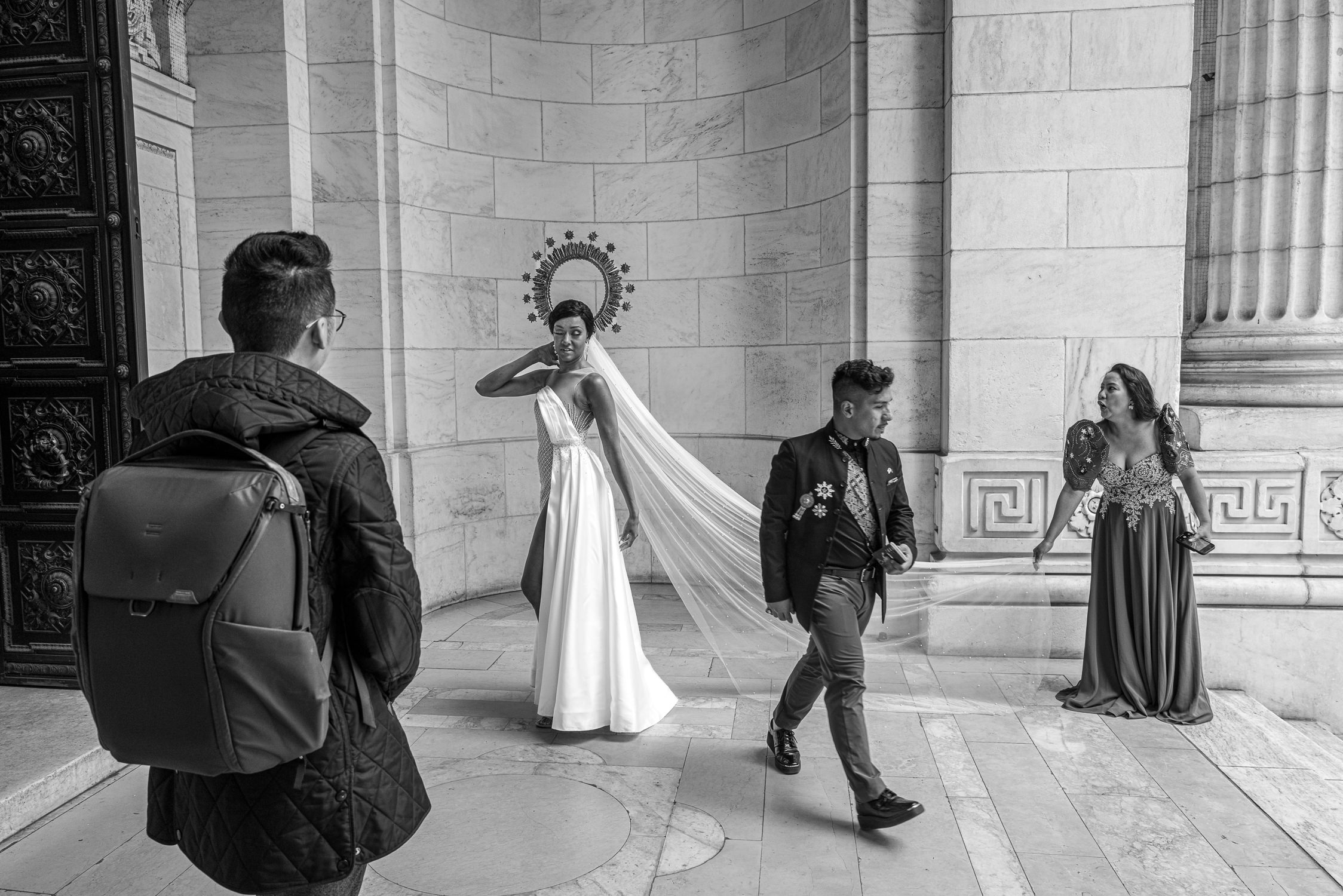
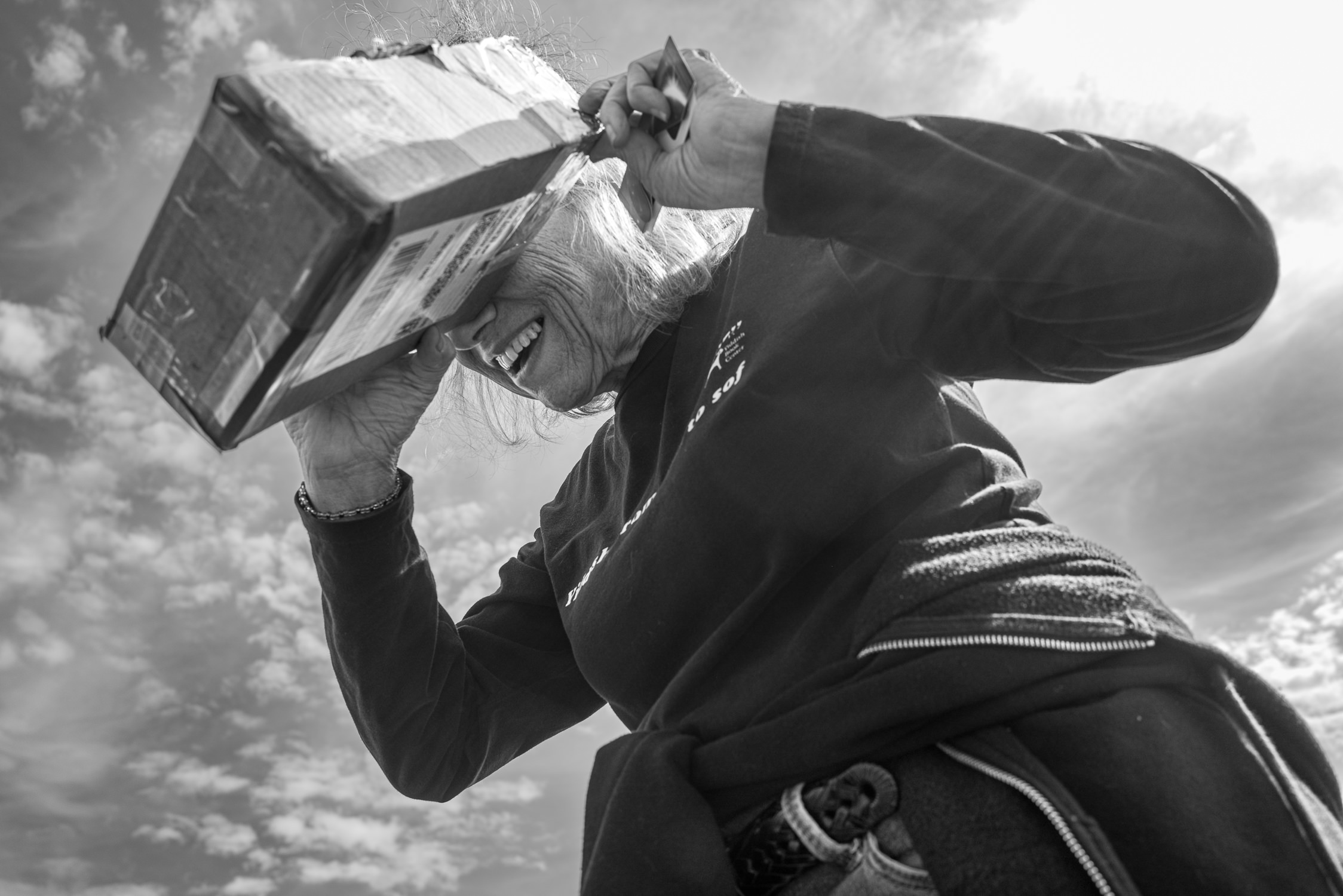
Do you ever do Street Photography with your smartphone?
Yes, but not often. I try to take my camera with me everywhere (something I learned from my first photography class with Tom Roma) but that doesn’t always happen. However, I’m never without my smartphone. So I will take street photographs with my smartphone on those rare occasions I don’t have my camera.
Analog and digital photography. Do you see these as alternatives to one another or the same thing?
I do not make any significant distinctions between analog and digital photography. I only recently began using a digital camera, but I find that I use it just like my analog camera. And I’m generally just as happy with the results. Although there is certainly something unique and wonderful about a fine silver gelatin print, the quality of archival digital prints comes pretty close these days. And while there is also something inherently magical and relaxing about playing with light and chemicals in a darkroom and watching an image emerge from a blank piece of paper, I am equally amazed at the control I get to fine-tune an image on the computer using Lightroom or Photoshop.
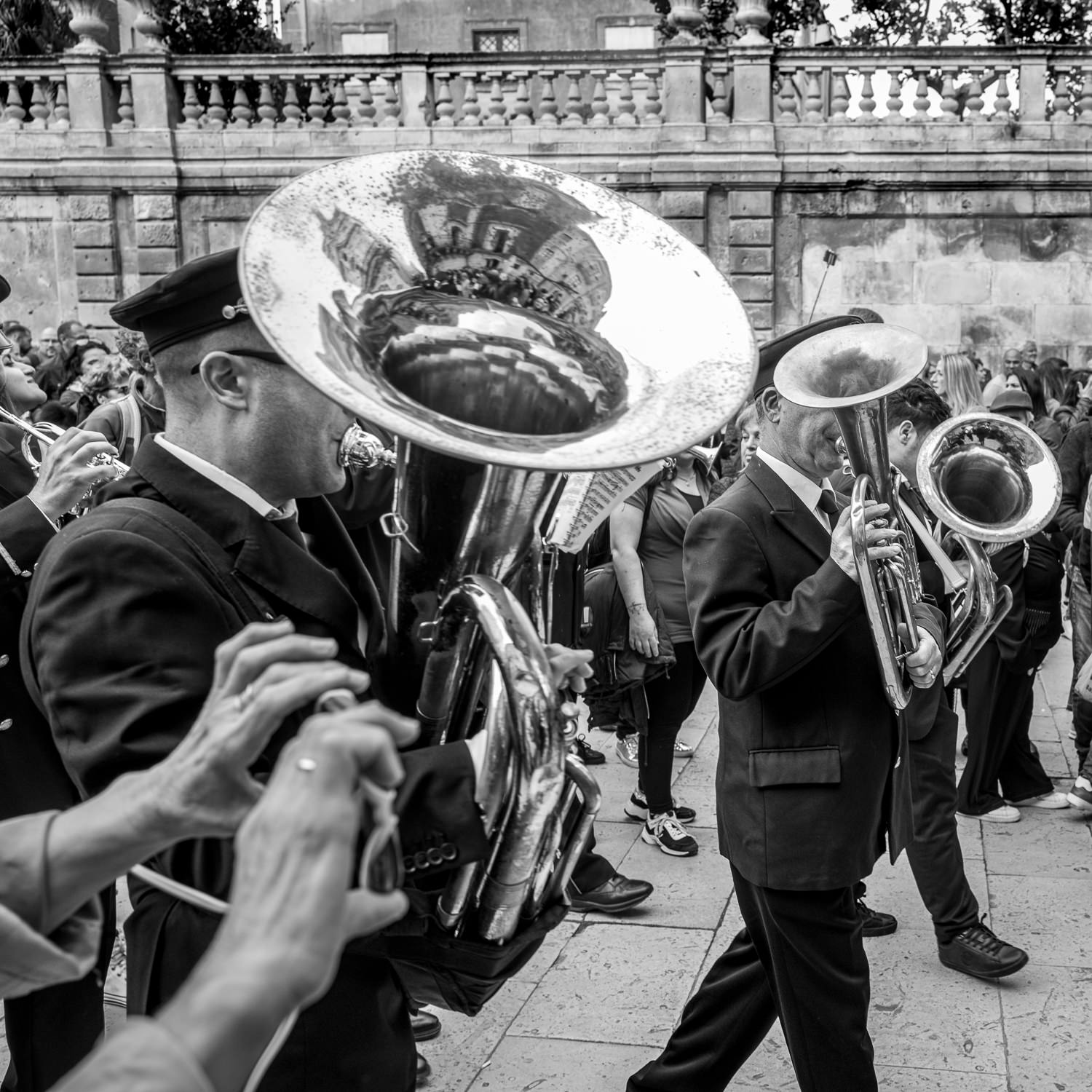
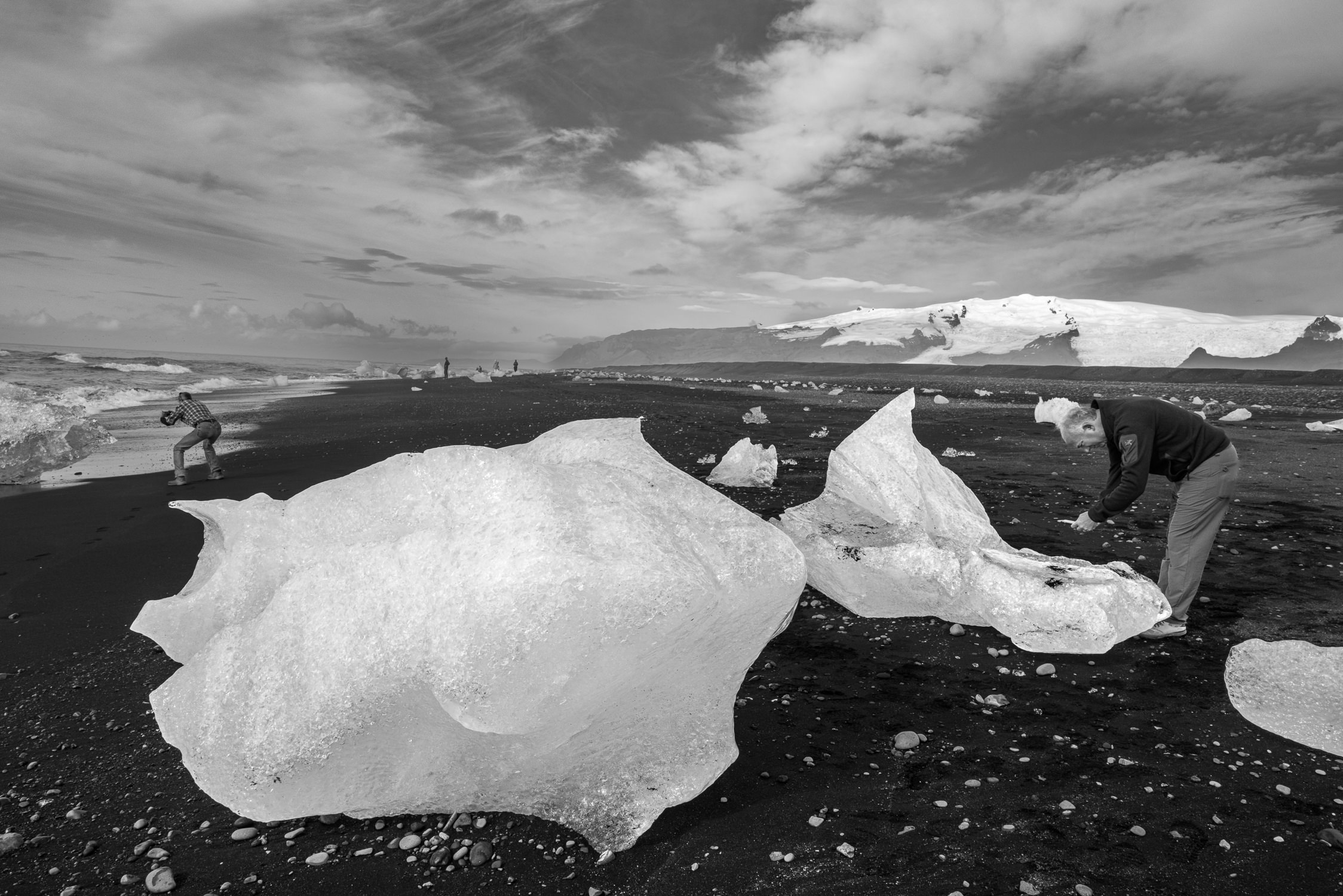
Do you think Street Photography has a more documentary or more artistic value?
For me, street photography usually has a more artistic value. The documentary aspect is certainly important. Just look at Walker Evans’ subway photographs or Weegee’s New York photographs, which document specific times and places that are fascinating in and of themselves. But I think the best street photographs transcend the documentary and play out on a more symbolic, timeless level. They let us see ourselves in people that may have inhabited very different times and places. The photographs of Robert Frank in his excellent book “The Americans” come to mind as a perfect example of street photographs that are clearly documentary but also have an inherent artistic value that transcends mere documentation.
Do you think there are ethical limits in street photography? Do you think it’s possible to shoot everything and everybody? What is your approach in street photography?
I do think it’s possible to shoot “everything and everybody” in street photography (within the limits of the law in any particular country, of course). But I also think it is important to think about why you decide to shoot a particular person or scene. Is it because it’s easy to do so because of, for instance, some power dynamic, or is it because there’s something of real interest to be captured? In one of my earliest street photography classes, we were prohibited from taking photographs of children or pets because it was too easy. The teacher really wanted to push us to take photographs of subjects that were more uncomfortable to confront. I think the same issues arise when taking photographs of unhoused people sleeping or living on the street. I don’t think there is any ethical limit to taking photographs of anybody on the street, including the unhoused, but there needs to be some good photographic reason to do so. Finally, I am typically uncomfortable with photographs that make fun of people, such as a photograph depicting an overweight man next to a sculpture of an elephant. Again, there is certainly no ethical rule against such photographs; it’s just not for me.
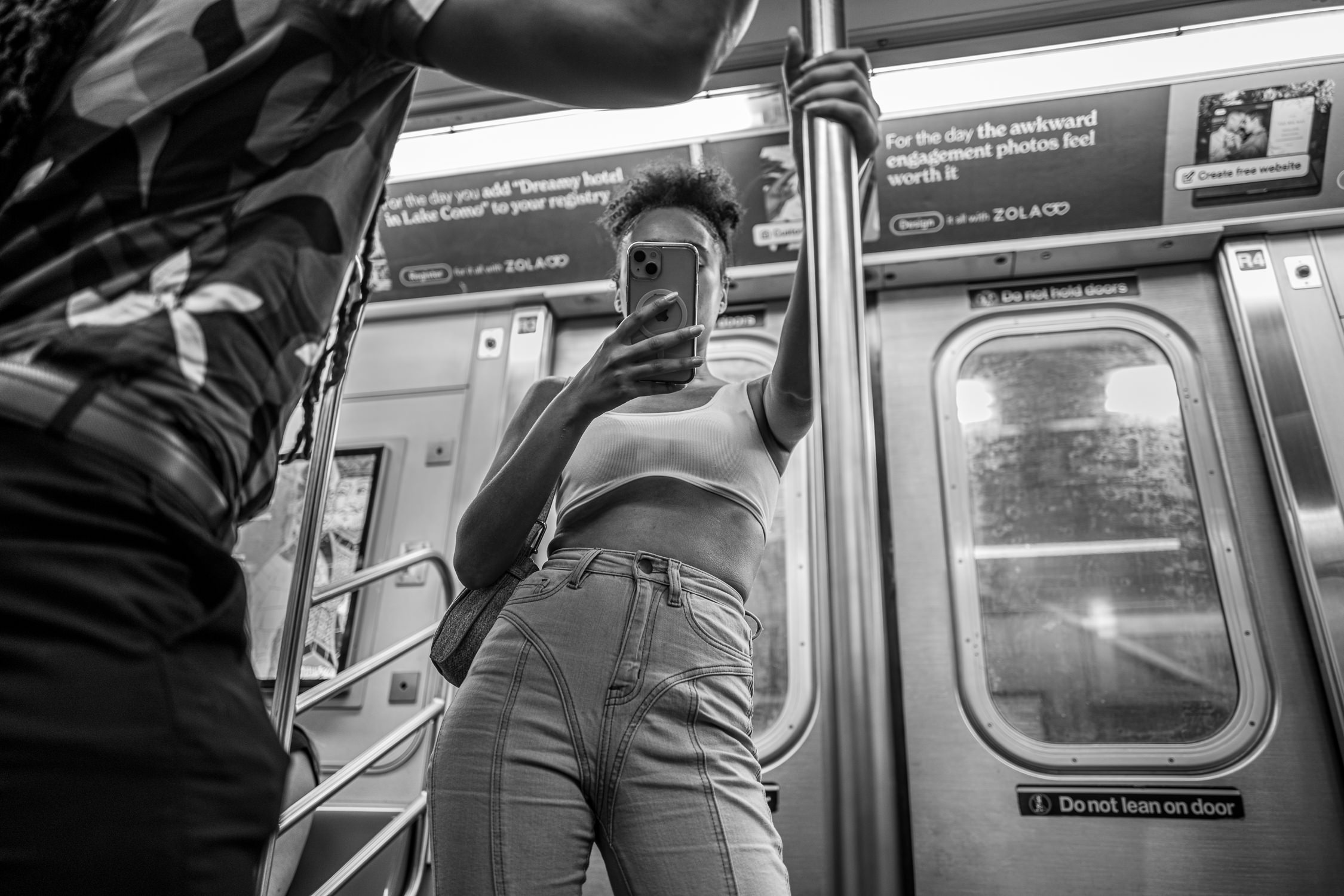
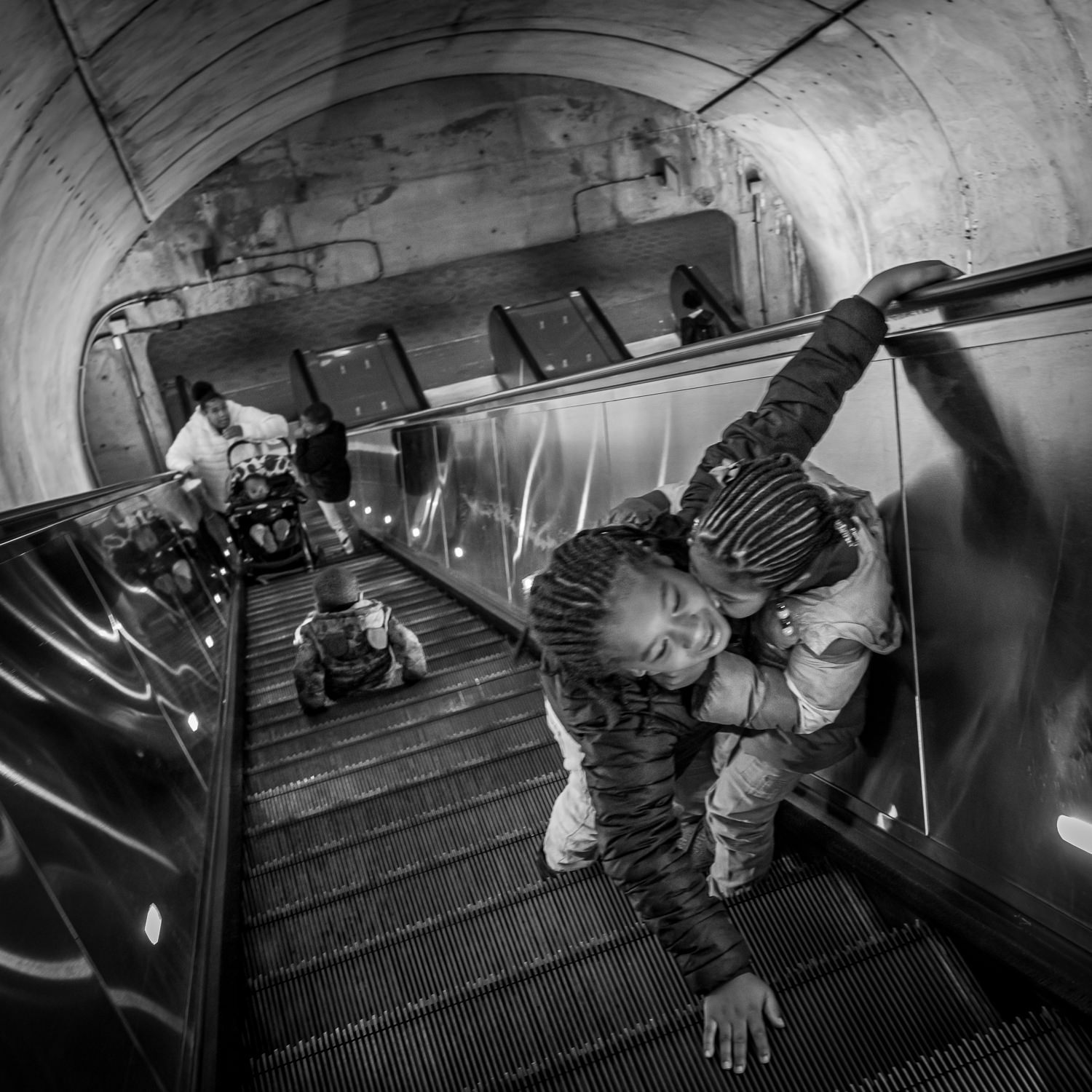
What kind of equipment do you use and what role, in your opinion, does equipment have in street photography?
Currently, I shoot with a Leica Q2 Monochrome, which I absolutely adore. Before that, from about 1983 to 2021, I used a Canon AE-1 Program. As you can tell, I’m not really a “gearhead” who has a closet full of cameras and lenses for any occasion. When I find something I like, I typically stick with it to the bitter end. For me, the most important thing about the equipment is that it feels good in my hand and is easy and quick to use and adjust — because street photography can require split-second reflexes. I’m thus looking for a camera whose operation becomes second nature and is embedded in my muscle memory, like riding a bike or hitting a tennis ball. I think that is why I love the Leica Q2 Monochrome: in size, weight, and ease of operation, it reminds me of my beloved Canon AE-1 Program. And it takes amazing black and white photographs, particularly in low light.
If you had to choose one lens that you would have to use for the rest of your life, which one would that be and why?
Before I began using the Leica Q2 Monochrome, I probably would have said a 50 mm lens, since that is what I typically used with my Canon AE-1 Program. However, now that I’ve been using a 28 mm lens for a while, I think I would stick with that size lens. Because of the wide angle, it is wonderful for capturing the close-up action of life as it plays out on the streets. But if you are shooting in DNG format, which I usually do, it also is quite easy to crop the image as if it were taken with a 35 mm, 50 mm, or 75 mm lens while still retaining excellent detail. I thus think a 28 mm lens is the more flexible option and thus a better bet for street photography.
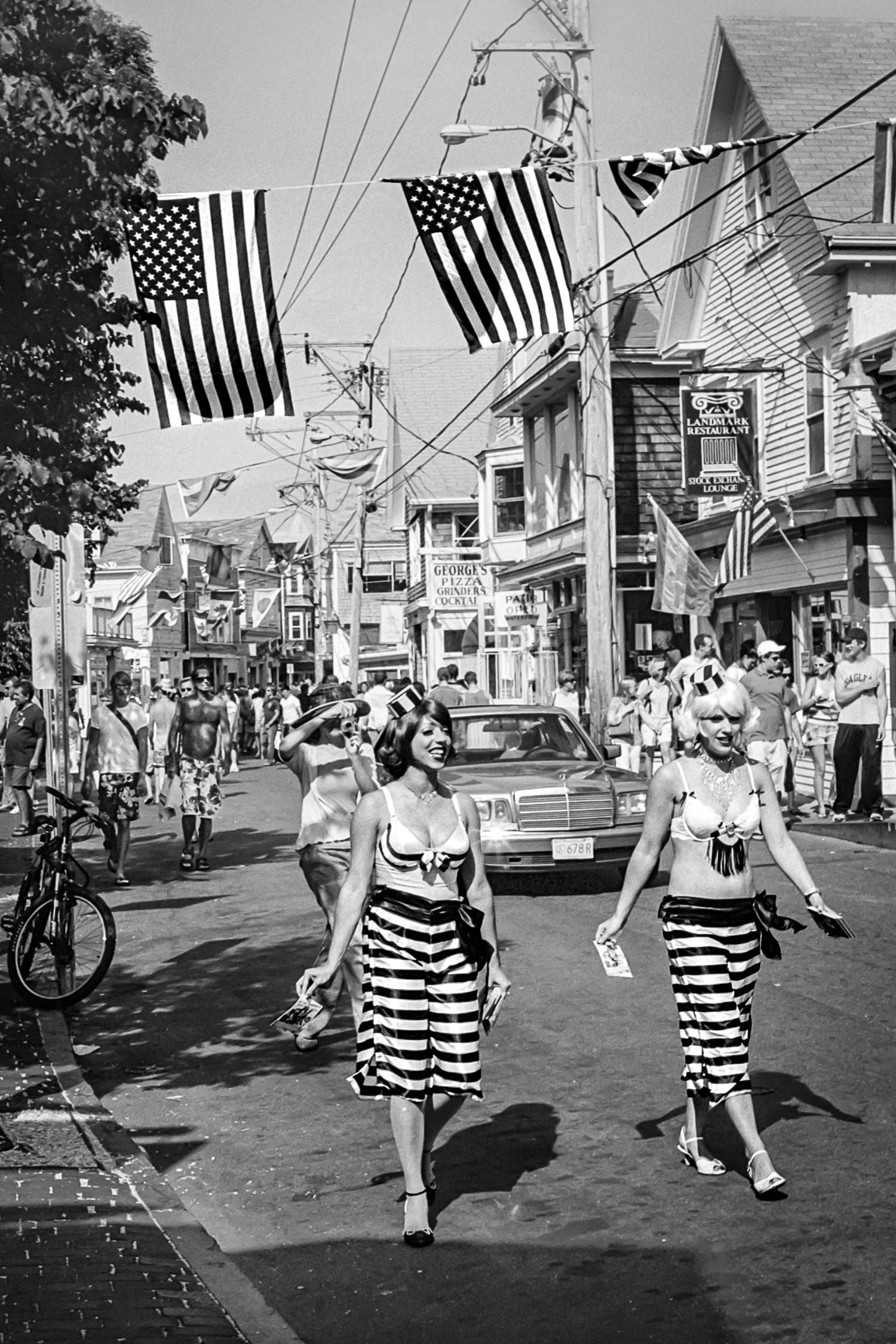
“For me, this is the essence of photography: capturing an image that resonates and then, over the course of months or years, figuring out why.”
After shooting, what actions do you take in terms of processing and editing?
The first thing I do after shooting is to download the photographs to a disk drive on my computer and then make a quick decision on which photographs are worth editing. For photographs on the cusp, I’ve set up a file called “Potential Pics” that I revisit every so often to see if any get better with age. For the photographs deemed worthy of additional work, I process them with Adobe Lightroom. This typically involves standard darkroom techniques, such as cropping, contrast adjustment, and dodging and burning. I also make some adjustments, when necessary, to the clarity and texture of the photographs.
Do you have new projects or themes in mind that you would like to explore in the future?
I’ve got a couple of new projects I’ve been thinking about starting. The first is to document the inside world of ballkids, i.e., the people (usually kids) who chase balls at tennis tournaments. I became a “ballkid” last year for the annual tennis tournament in Washington, D.C., and the entire ballkid subculture (and it is a subculture!) fascinated me. I’m thinking about taking my camera this year to document that subculture from the inside. The second project I’ve been considering is about the community gardens in Washington, D.C. And I certainly will continue my ongoing project on the subways in D.C. and New York, which will be featured in a solo show next year.
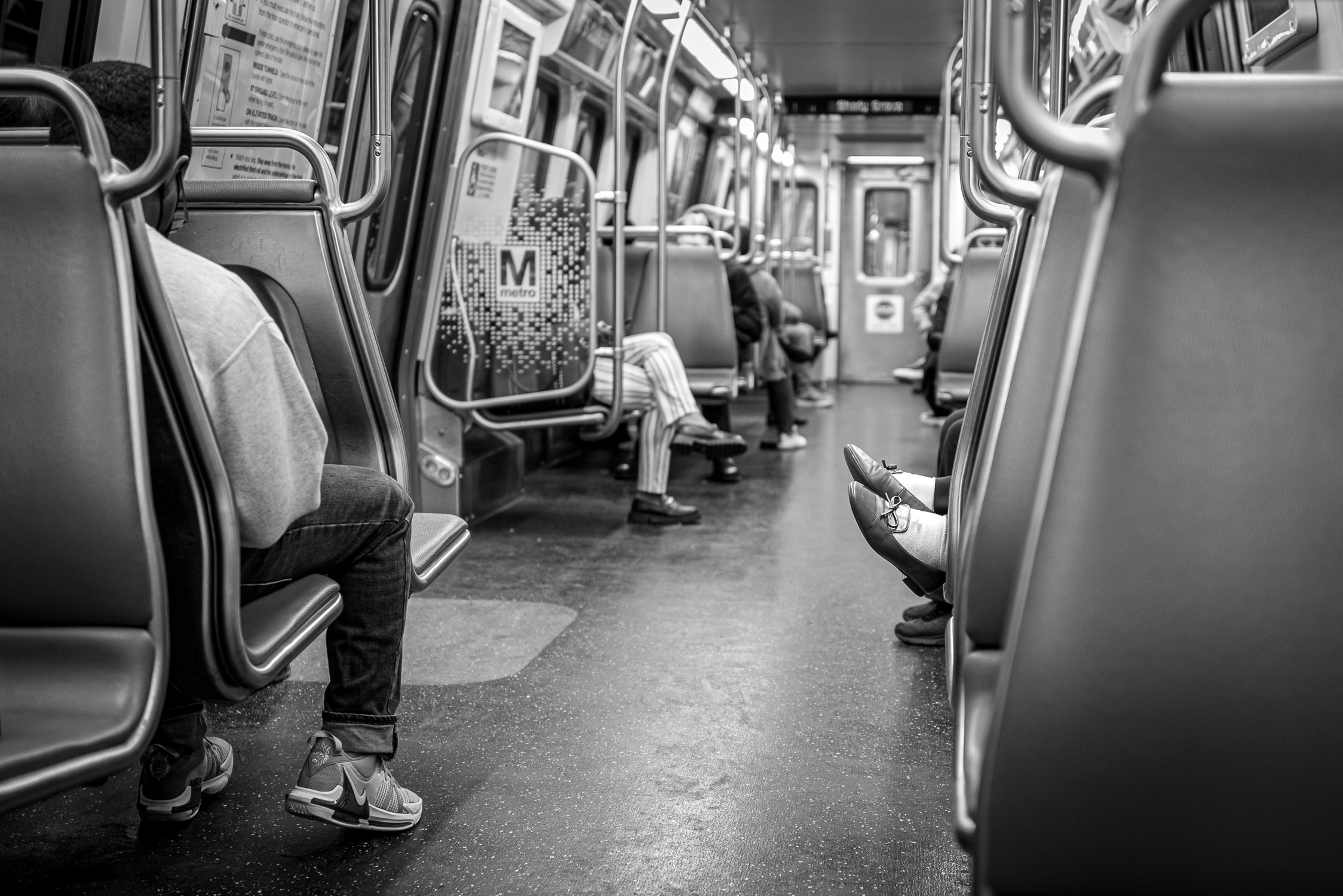
How do you see the evolution of your photographic work?
I’ve always tried to experiment with new genres and formats of photography. I started off doing street photography with a Canon AE-1 Program. Since then, I’ve experimented with street, portrait, and even landscape photography using a medium format camera with a square negative. I’ve also dabbled with color photography using a digital camera and my iPhone. However, the most recent evolution in my photography has involved transitioning from analog, film photography to 100% digital work. I think the quality of digital has evolved so much in recent years that it rivals film photography. I’ve also found that the processing of digital photographs is much quicker and easier than film processing and allows a level of detailed control over the image that exceeds the darkroom. Although I will always love analog photography, I do not think I would ever go back to it.
Which are your favorite photography books?
My all-time favorite photography book is “Looking at Photographs,” edited by John Szarkowski, the longtime Director of Photography at New York’s Museum of Modern Art. It presents 100 photographs from the museum’s collection along with a brief explanation of the history and significance of each photo. This is the book we studied in my summer school photography class with Tom Roma, and I find myself coming back to it over and over again when I need inspiration. Other, more traditional photography books that I love include Robert Frank’s “The Americans,” Milton Rogovin’s “Portraits in Steel,” Elliott Erwitt’s “Snaps,” Brassai’s “Paris By Night,” and Tom Roma’s “Found in Brooklyn.” I am also addicted to the Aperture and Phaedon photobooks that focus on a single photographer, such as Eugene Smith, Weegee, and Andre Kertesz.
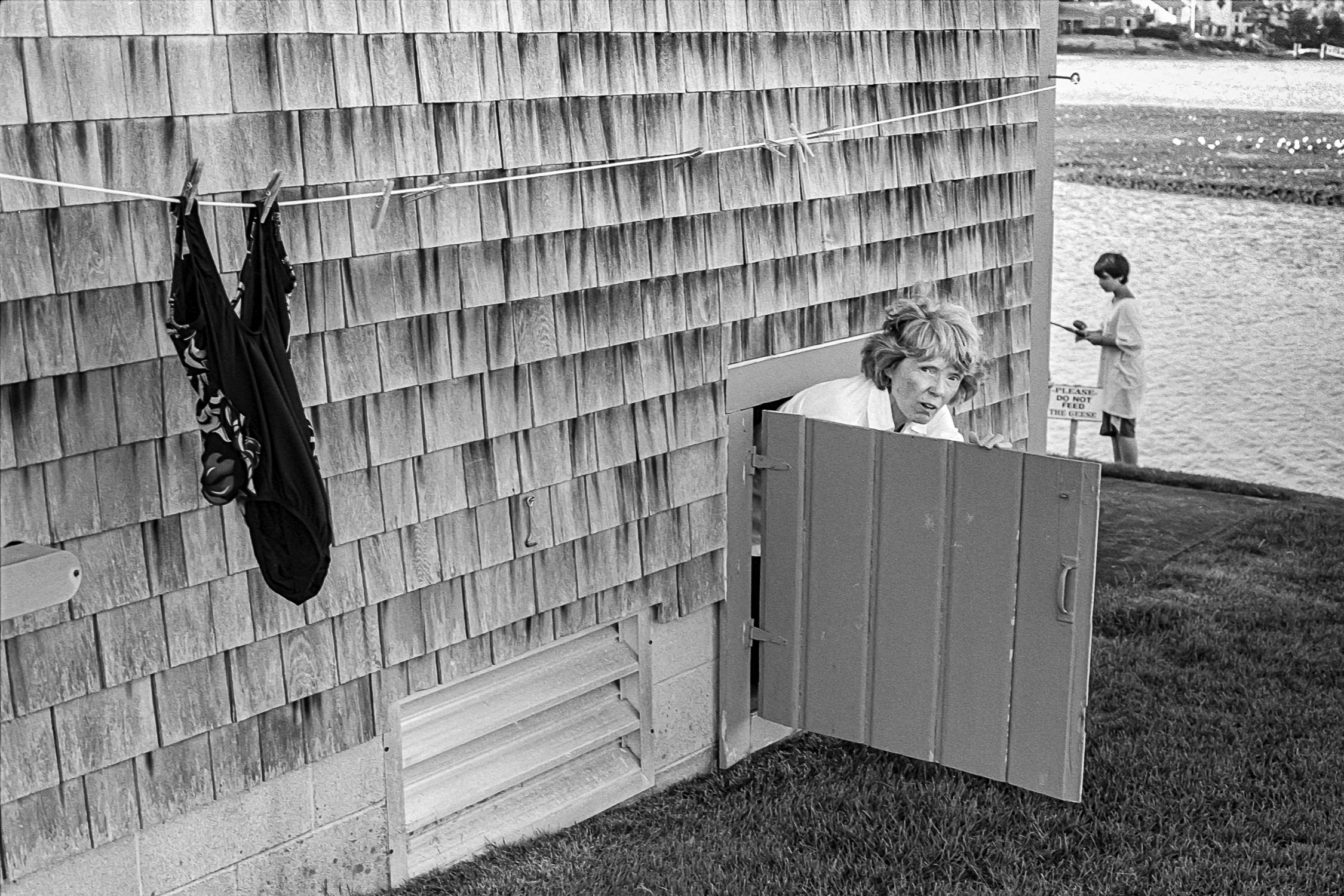
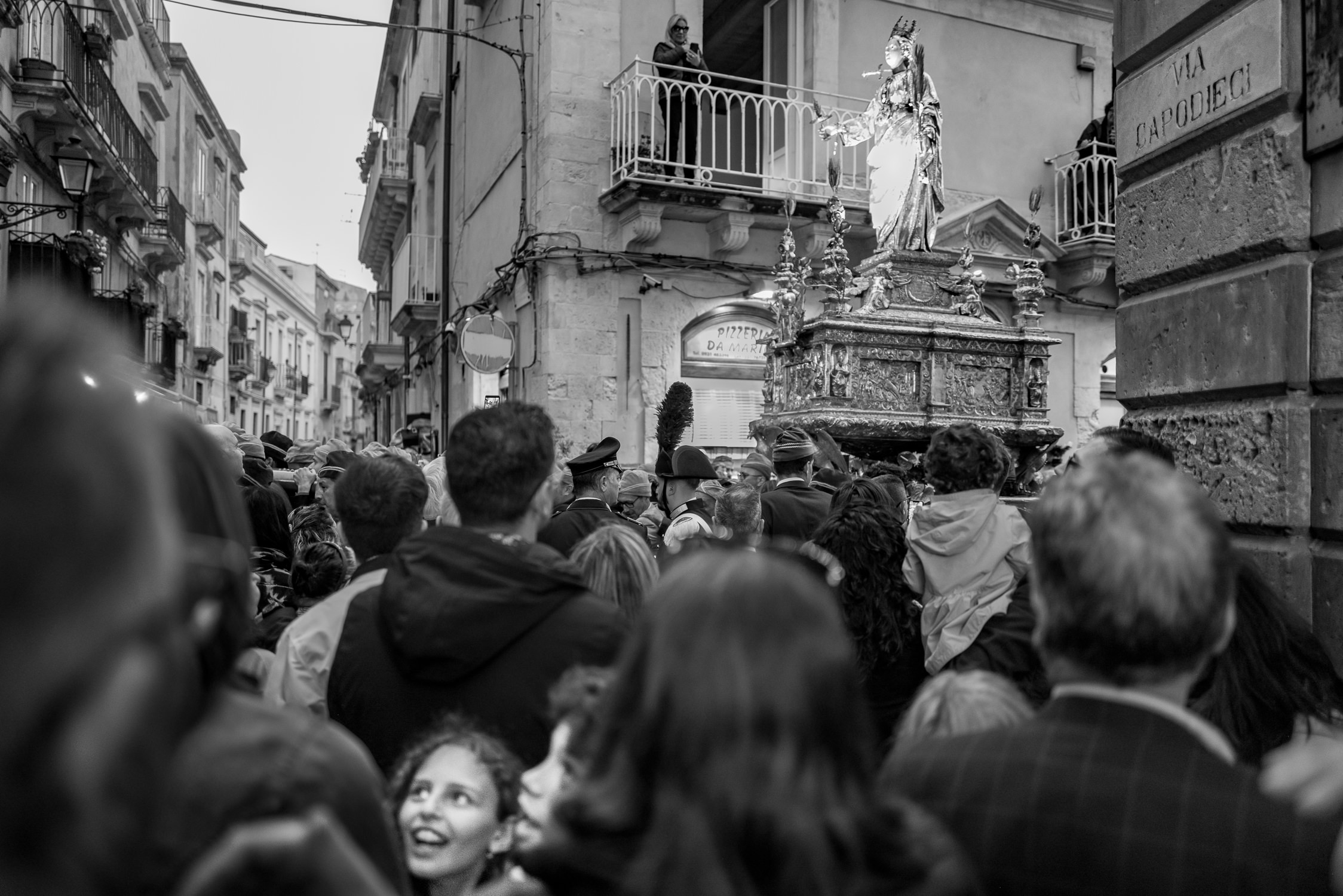
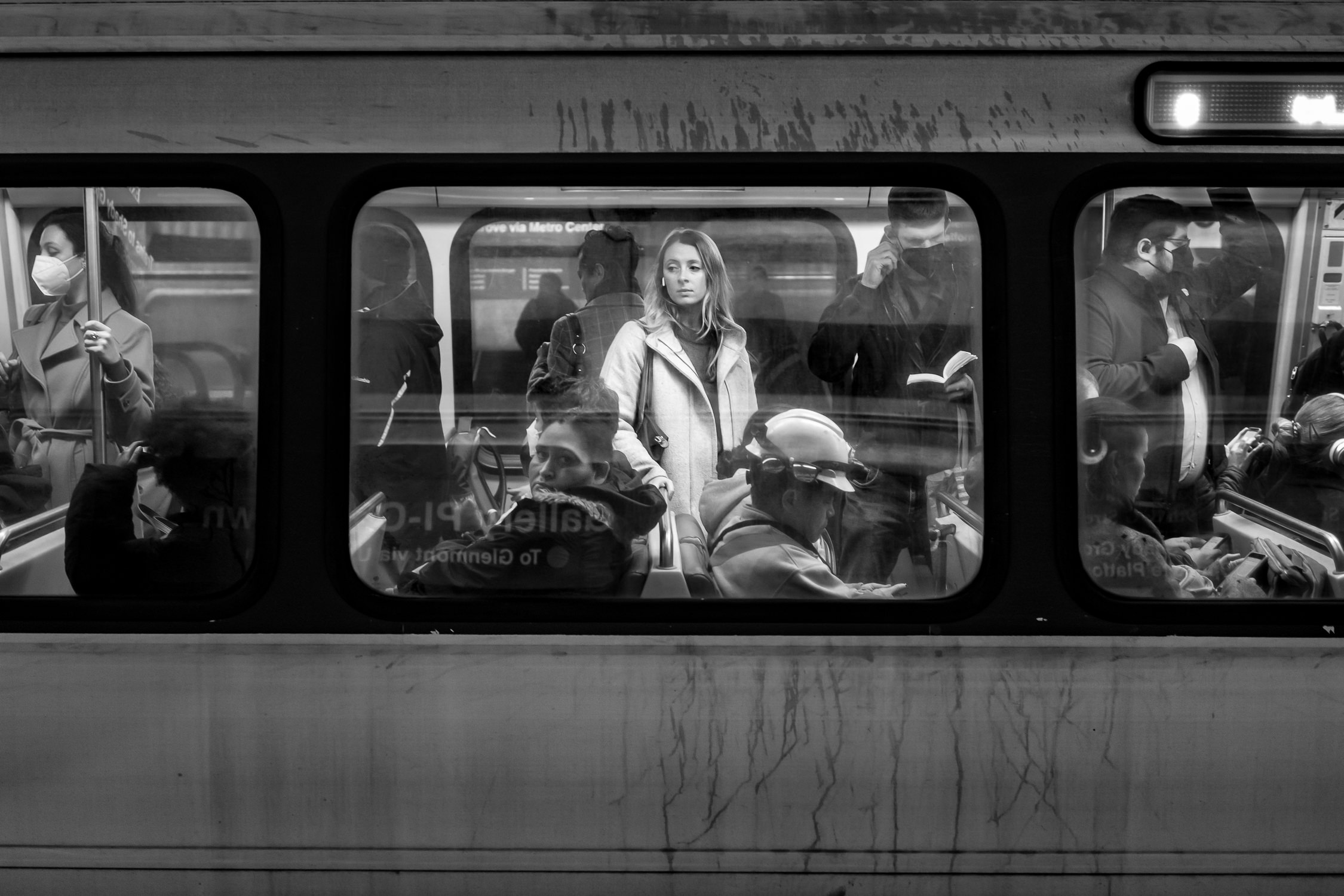
Is there a country or a city that you like to photograph more than others?
I’m an omnivore when it comes to street photography. I’m happy shooting anything and anywhere. That being said, I absolutely love street photography in New York City because it’s a virtual 24-hour buffet for the eyes. Recently, I’ve also had wonderful experiences photographing on trips to Sicily and Ireland. I’d love to go back to Sicily during some of the religious holidays and festivals to photograph the processions and religious rituals.
What advice would you give to someone who is starting to do street photography and wants to develop a unique and personal style?
Take your camera with you everywhere and shoot as much as you can. Be as open as possible to the offerings of the street and don’t be afraid to experiment. After a while, your unique and personal style will reveal itself on its own. I don’t think it is something that can be consciously developed.
Thank you!
PRESCOTT BIOGRAPHY
Prescott Moore Lassman is a lens-based artist living in Washington, D.C. whose work spans the genres of documentary, portrait, travel, and street photography. Using an intuitive approach, he searches for images that resonate, for moments of synchronicity in everyday life. His photography is supported by a grant from the D.C. Commission on the Arts and Humanities.
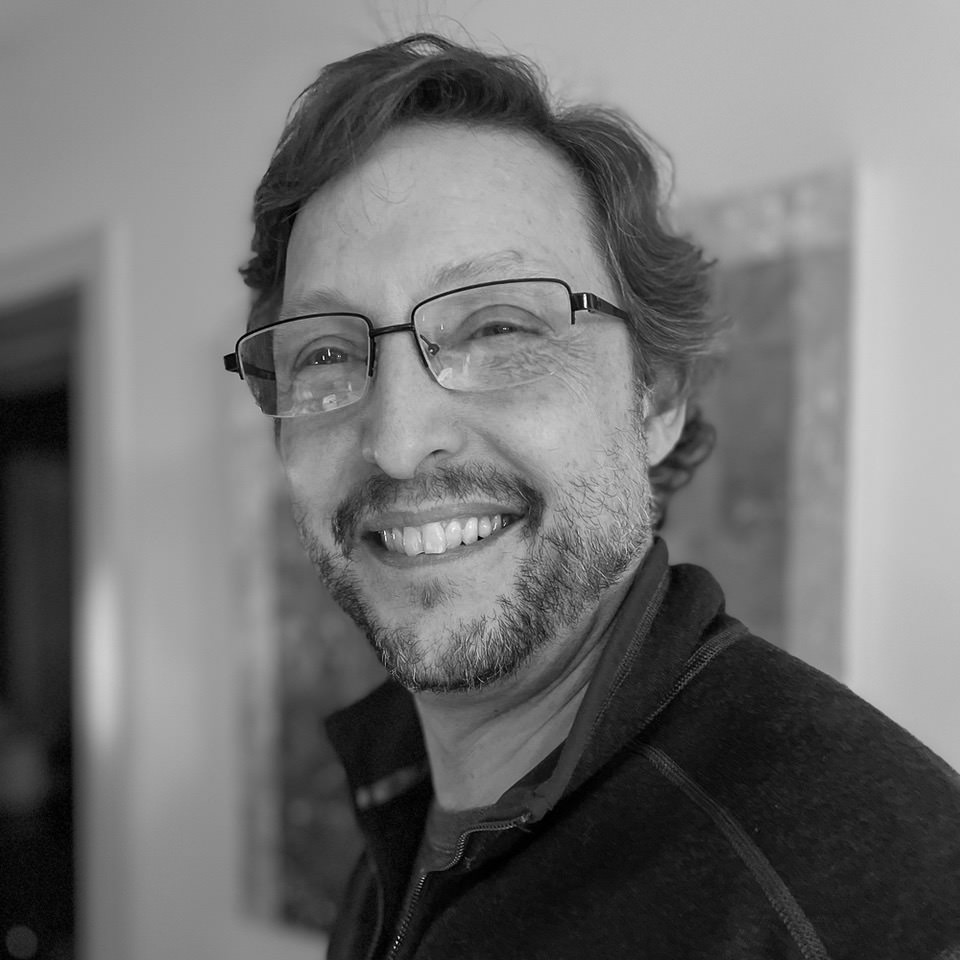
Prescott Links:
Instagram: https://www.instagram.com/lassman_lenswork/

